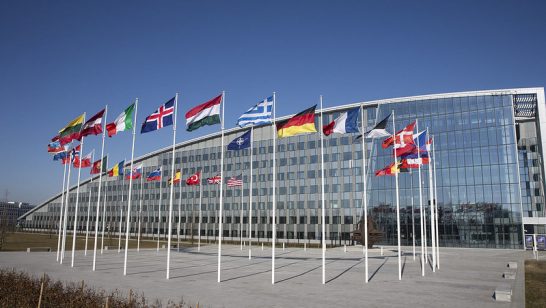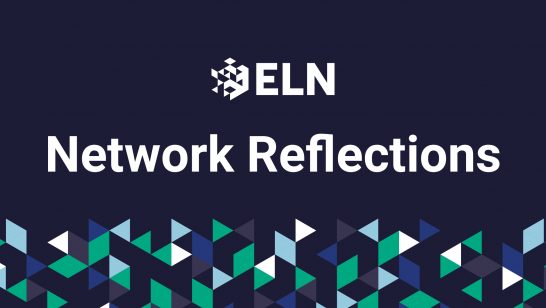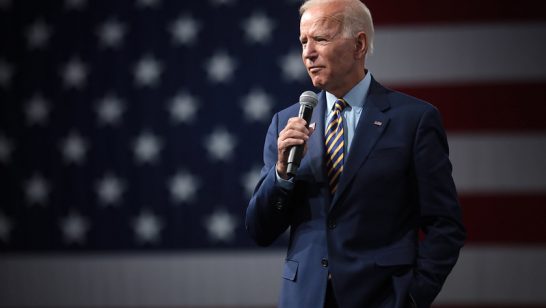
Today’s NATO Summit takes place against the backdrop of the Alliance’s often invoked “identity crisis” and the report of the Reflection Group, “NATO 2030: United for a New Era”. The Summit’s primary outcome is likely to be the mandate to develop a new “Strategic Concept” to replace the still valid but largely outdated one of 2010. This was the central recommendation of the Reflection Group, presented in November 2020. It is also something that Secretary General Stoltenberg has publicly advocated for, starting in early October 2020. Previously some in the Alliance have worried that a new Strategic Concept would be a very divisive process. The response must be that if the Alliance is so divided on important issues, there is even more of a need for a new unifying effort.
Strategic Concepts have been adopted and (unlike earlier strategy documents) published by NATO. They are NATO’s foundational document, the authoritative concretisation of the NATO Treaty from which all other strategic documents are derived. They deal, among other things, with situation and threat assessment, NATO’s purpose and mission, political and strategic premises, as well as the main instruments of its activities and requirements for the armed forces. The focus is on the so-called “core tasks”.
At the meeting of defence ministers in February 2021, which served to prepare the June Summit, the Secretary-General presented early conclusions in a “Food for Thought Paper” (PO/2021/0053). This called for more joint funded capabilities; resilience structures and targets; a Defence Innovation Initiative; stronger political will; strengthened interaction with “like-minded” nations; a new command for training, upgrading and cooperation; and a proposal to address the security-related consequences of climate change.
Against this backdrop, one can assume that the “go-ahead” for a new Strategic Concept will be the main outcome of the Summit taking place today. It will bring together the guiding ideas for the strategic reorientation announced by the Secretary-General and draw long-term conclusions from the reflection process. NATO would be right to retain the three core tasks in the current Strategic Concept: Collective Defence, Crisis Management, Cooperative Security, and in addition, it should agree on two new tasks: Consultation and Resilience.
Two additional core tasks
One can argue that consultation is only a method, not a function or task. But there is much to be said for giving it a very prominent place.
There has always been a debate “culture” in NATO that avoids many sensitive issues. There has never been serious consultation in the NATO Council on existentially important issues such as Iran’s nuclear weapons ambitions or China’s rise and aspirations. The reason seems to be twofold: Disagreement immediately leads the public to suspect that NATO is on the verge of breaking up, and dealing with an out-of-area region arouses the suspicion that NATO might want to intervene militarily. The Alliance must free itself from such inhibitions, which are based on misperceptions.
“Consultation” as a new core task would be the explicit revaluation and activation of Article 4 of the NATO Treaty of Washington. It is not by chance that the London Declaration of December 2019 emphasised NATO as the essential forum for security consultations and decisions. Through the forward-looking reflection process with which the Secretary-General has been tasked, the political dimension of NATO, including consultations, is to be strengthened.
The proposal for “resilience” as a second additional core task in the new Strategic Concept is likely to be less controversial. It is needed not least because of the vulnerability of modern societies to “hybrid warfare”. The latter is not an entirely new phenomenon but nonetheless a novel challenge.
“Hybrid warfare” combines overt and covert military and non-military means and creates an ambiguity that can (and is intended to) seriously complicate joint responses by the Alliance. It is also used in peacetime. There is evidence of this in the Ukrainian conflict, where Russia is demonstrating the seamless orchestration of military and non-military tools: threatening troop concentrations, use of unmarked paramilitary units, cyber-attacks, propaganda with a bewildering array of possible explanations, for example, for the downing of the civil aeroplane over Eastern Ukraine in July 2014, or support for “separatists” with military equipment and soldiers while continuing to deny their involvement.
Hybrid and cyber threats cannot be countered easily by deterrence or retaliation because of their often difficult attribution. Management of consequences and strengthening the “resilience” of societies, military structures and critical infrastructure is needed. The buzzword “resilience”, borrowed from psychology, refers to stamina as well as resistance and flexible response capacity. This task in NATO, and its member states, is so crucial that it should also become a core task of the Alliance.
Systemic rivalry
In addition to the aspects covered by the core tasks, the Strategic Concept must make statements on other priority issues in a programmatic manner that is credible for the world and convincing for member state societies— outlining a full range of threats to promote the consensual setting of priorities.
Towards Russia, the philosophy of the Harmel Report must be consistently upheld. Firmness and a willingness to engage in dialogue, where the frequently repeated offer of dialogue is spelt out concretely, and Russian violations of the rules consistently countered. Exclusive zones of influence, including democratic neighbouring states, are not acceptable. Nothing is demanded of Moscow but what it has itself signed up to in international treaties and multilateral bodies from the UN to the OSCE.
China is now officially recognised as a challenge for the first time. The Strategic Concept must not only name activities that threaten the security of Allies but should agree on capabilities to counter them effectively. This includes more intensive cooperation with China’s democratic neighbours, who increasingly recognise that the “respect” China demands means the subjugation of others.
Particularly important are clear statements on cooperation and burden-sharing between Europe and North America, with European responsibility through concrete contributions and the assumption of regional tasks. Germany, as the continent’s central power, has a vital role to play. Given that many threats are not purely military-related, it is important to explain the “added value” of NATO and its decade-long experience in integrated cooperation among Allies and partners. And the transatlantic Alliance should take the lead in seeking a new approach to arms control and confidence-building.
The drawing up of this new Strategic Concept should be pursued in the same unbureaucratic way as in 2010. A convincing internal and external demonstration of transatlantic unity and goal orientation and the determination to protect all Allies and defend democratic values and international law is required – a guideline for the future orientation of NATO. For this, clear instructions must come from today’s Brussels summit.
A similar version of arguments made in this commentary by the author appears in Aspen Institute Germany’s “SPOT ON”, and in Tagesspiegel (2020).
The opinions articulated above represent the views of the author(s), and do not necessarily reflect the position of the European Leadership Network or any of its members. The ELN’s aim is to encourage debates that will help develop Europe’s capacity to address the pressing foreign, defence, and security challenges of our time.



